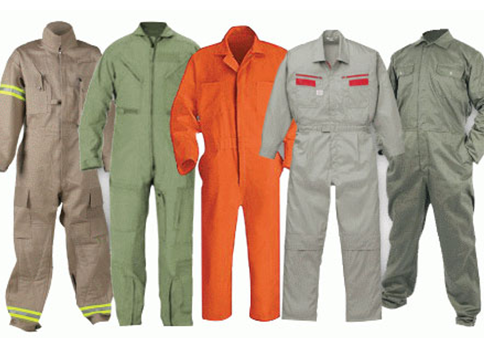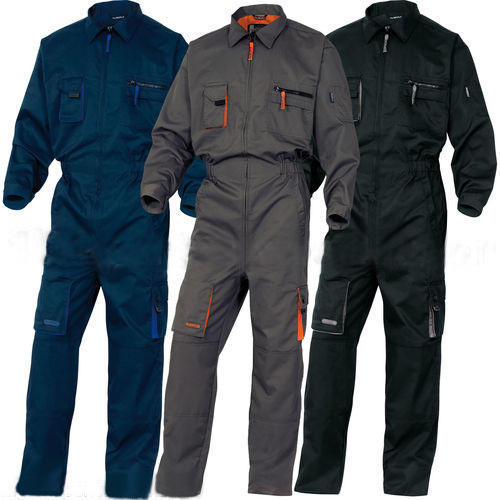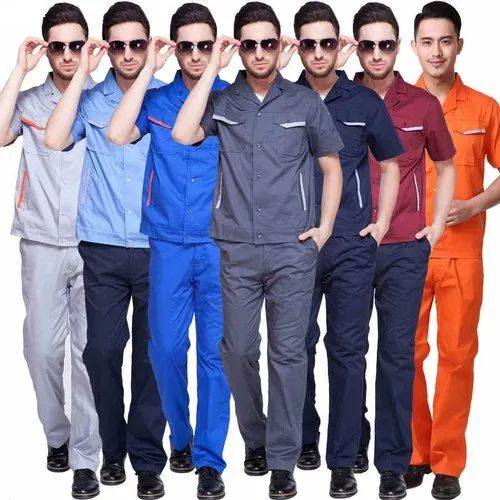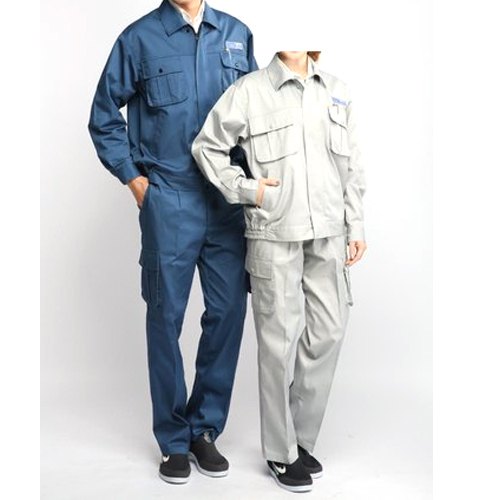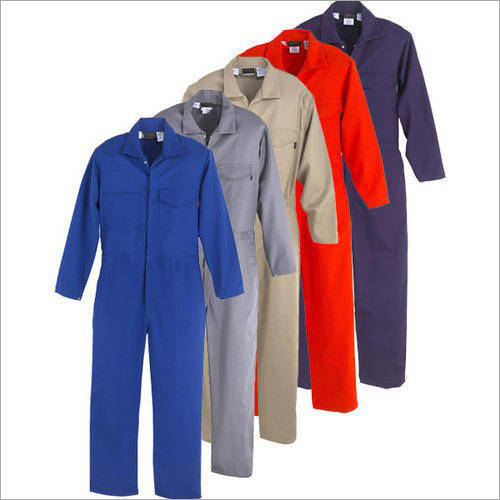OUR FACTORY
LINKWELL UNIFORMS PRODUCTION FACILITY IN DUBAI
Restaurant uniforms serve multiple purposes, ranging from creating a cohesive brand image to ensuring staff members’ functionality and professionalism. Below are some key aspects related to restaurant uniforms:
- Branding and Image: Restaurant uniforms play a significant role in establishing and maintaining a consistent brand image. They should align with the restaurant’s overall aesthetic, ambiance, and concept. Uniforms can incorporate colors, patterns, and design elements that reflect the restaurant’s theme or logo.
- Identification and Professionalism: Uniforms help customers easily identify restaurant staff members, enhancing service efficiency and professionalism. They create a sense of authority, making it easier for customers to approach employees when they require assistance.
- Hygiene and Cleanliness: Restaurant uniforms are designed with hygiene and cleanliness in mind. They are typically made from durable, stain-resistant materials that are easy to clean and maintain. Uniforms may include aprons, chef coats, chef hats, or hairnets to ensure food safety and sanitation standards are met.
- Functionality and Comfort: Restaurant uniforms should be comfortable and allow staff members to perform their duties effectively. Considerations like fabric breathability, flexibility, and appropriate sizing are important to ensure employees can move freely and work comfortably throughout their shifts.
- Department-Specific Uniforms: Different roles within a restaurant may require specific uniforms to differentiate between departments or job functions. For example, servers may wear dress shirts, ties, and aprons, while kitchen staff may wear chef coats, pants, and non-slip shoes. This differentiation helps customers and staff identify different roles and responsibilities within the establishment.
- Seasonal and Occasional Variations: Depending on the restaurant’s needs, uniforms may vary seasonally or for special occasions. For instance, lighter fabrics or short-sleeved shirts may be introduced during summer months, or themed uniforms may be worn during holidays or special events to create a festive atmosphere.
- Customization and Personalization: Some restaurants offer customization options for uniforms, allowing employees to add name tags, embroidered logos, or accessories that reflect their personal style while still adhering to the overall uniform guidelines.
- Uniform Maintenance: Establishments typically provide guidelines for maintaining and caring for uniforms, including washing instructions and guidelines for repairs or replacements. Proper care ensures that uniforms remain presentable and in good condition.
Overall, restaurant uniforms serve as an essential element in presenting a cohesive brand image, promoting professionalism, and ensuring functionality and cleanliness within a restaurant environment. They contribute to a positive customer experience and help establish a sense of identity and unity among staff members.
In the competitive world of restaurants, creating a strong brand image is crucial for success. One effective way to achieve this is through well-designed and functional uniforms. Restaurant uniforms not only represent your brand but also contribute to the overall dining experience. This article provides a content preview of how stylish and functional restaurant uniforms can elevate your establishment’s image.
